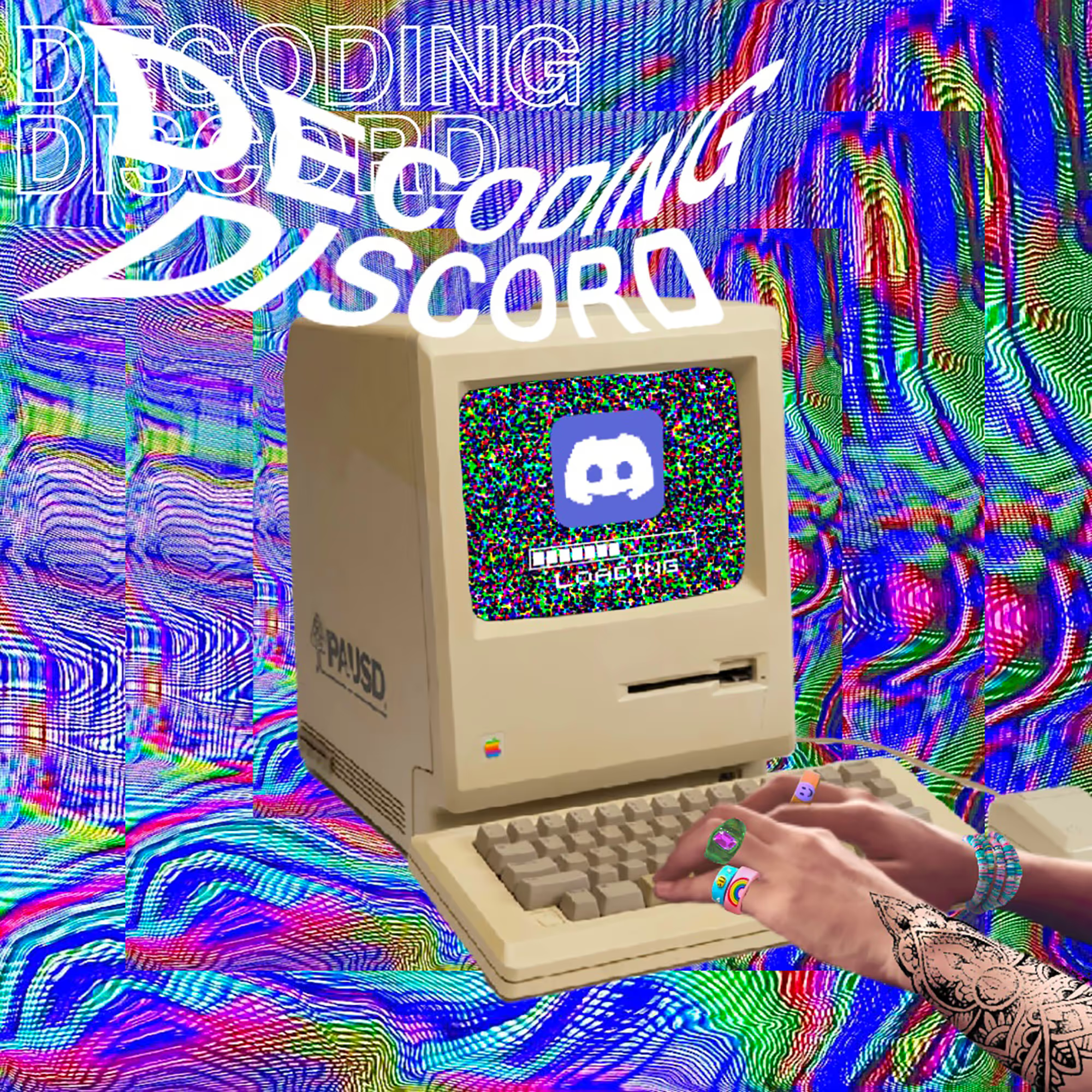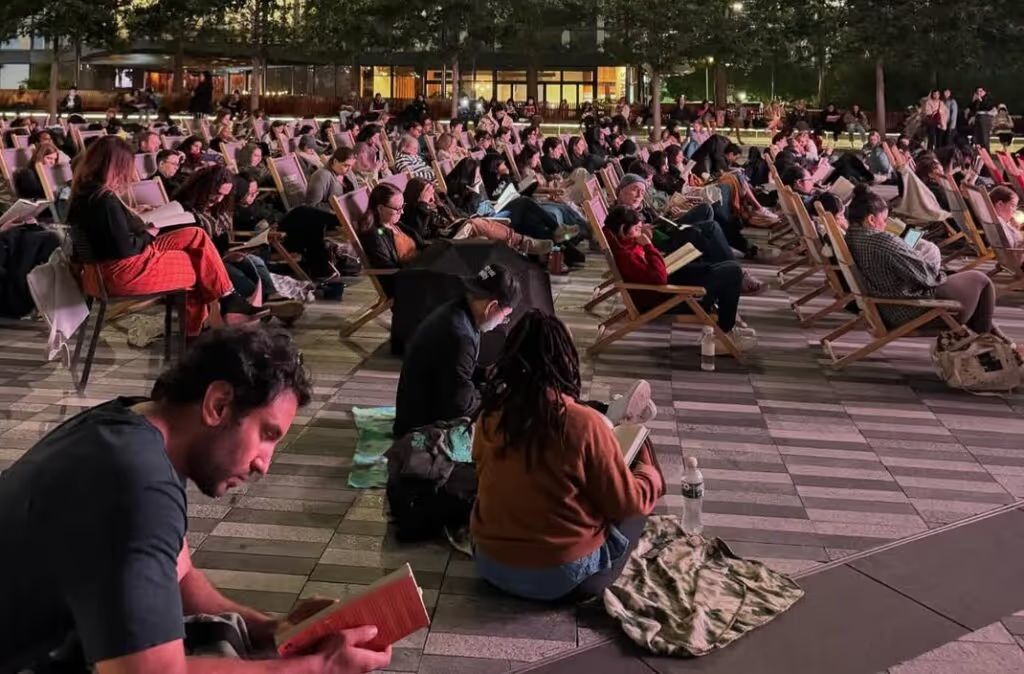
Decoding Discord: Gen Z's New Favourite Platform
by John Livesey
It’s easy to feel fatigued by the constant reinvention of social media. Every year, a new site or software enters the market, met by the familiar chorus of enthusiastic pre-teens. However, dismissing these trends runs the risk of underestimating the creative potential of new software. In such a fast-moving market, it is easy to miss the window of opportunity in which to innovate with new media, shaping their us before they become monetised.
We might take the example of Discord. Discord is a free (and increasingly popular) app for voice, video and text messaging. Launched in 2015, the software was originally built for the gaming community as a place to talk, network and share live gameplay. However, it has since become a hub for multiple internet subcultures: everything from K-Pop stans to political activists. Today, the platform has over 150 million monthly users.
How Discord Works
Central to the way that Discord works is the ‘server’. These virtual spaces can be public or private but, either way, are usually designed with a specific focus-topic or purpose. Communities are able to develop within these servers, based on their common interests. Participants are able to share the full range of content: gifs, videos, messages, or files. They can connect via voice- and video-call or just share their screens.
The community-centred structure of Discord makes it easy to imagine how a group of artists might use the app to collaborate and exchange content. Already, a popular sub-genre of Discord servers is the server dedicated to fan-art. On these servers, members of a certain fandoms or subgroups share their art, exchanging feedback and even hosting draw-alongs where they live-stream their progress. The server therefore becomes a quasi-art collective where different artistic subjects, concerns and styles can circulate between individuals who may live all over the world.
Virtual Consumer Experiences
The idea of the live draw-along also clarifies the huge potential for using Discord to develop new forms of virtual experience. In 2020, Discord boomed. The following year, it doubled its workforce. This was, in part, thanks to the pandemic and the growing impetus to find forms of entertainment within the safety of the virtual world. Forced to delay her new album for almost 2 months, Lady Gaga eventually celebrated its release with a Discord DJ set. Fans could tune in, and engage with the megastar. Just like at a real concert, however, they could also drift off and do their own thing: chatting, flirting and discussing the music on different parts the server.
Discord offers a unique capacity to create live experiences for audiences across the globe, combining all forms of virtual content. Most importantly, these experiences are communal and offer the chance to meet new friends, collaborators or business partners. Discord played an important role in the Game-stop shares controversy of 2021, showing the potential for these connections to develop into meaningful social forces that can take political action and have genuine socio-economic effect.
A Window of Opportunity
For now, Discord is monetised only via a premium membership that users can subscribe to. There are no ads and no fees for signing up. It is inevitable this set-up will change. But again, this highlights the inclusive nature of the platform and its potential for forming new collectives, or reaching new audiences, unmediated by the interference that define more commercial spaces. Like TikTok, or Instagram before it, Discord currently possesses immense potential for companies and creatives to collaborate and innovate. This software is not a ‘fad’ but an opportunity - a chance to develop new working practices and to continue shaping the future possibilities of social media.



